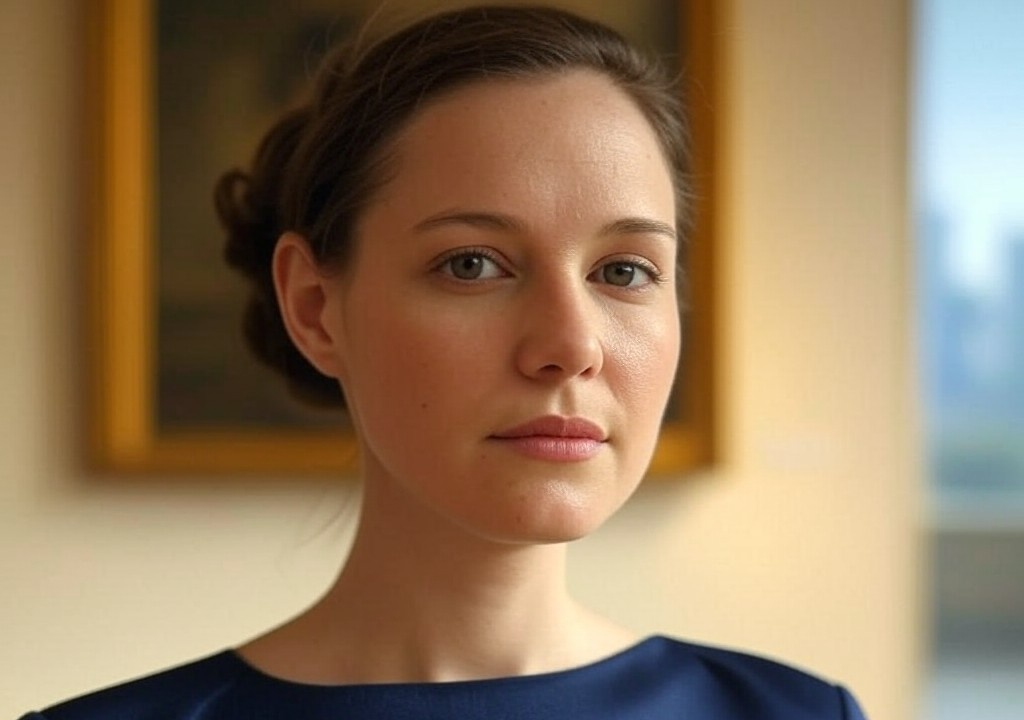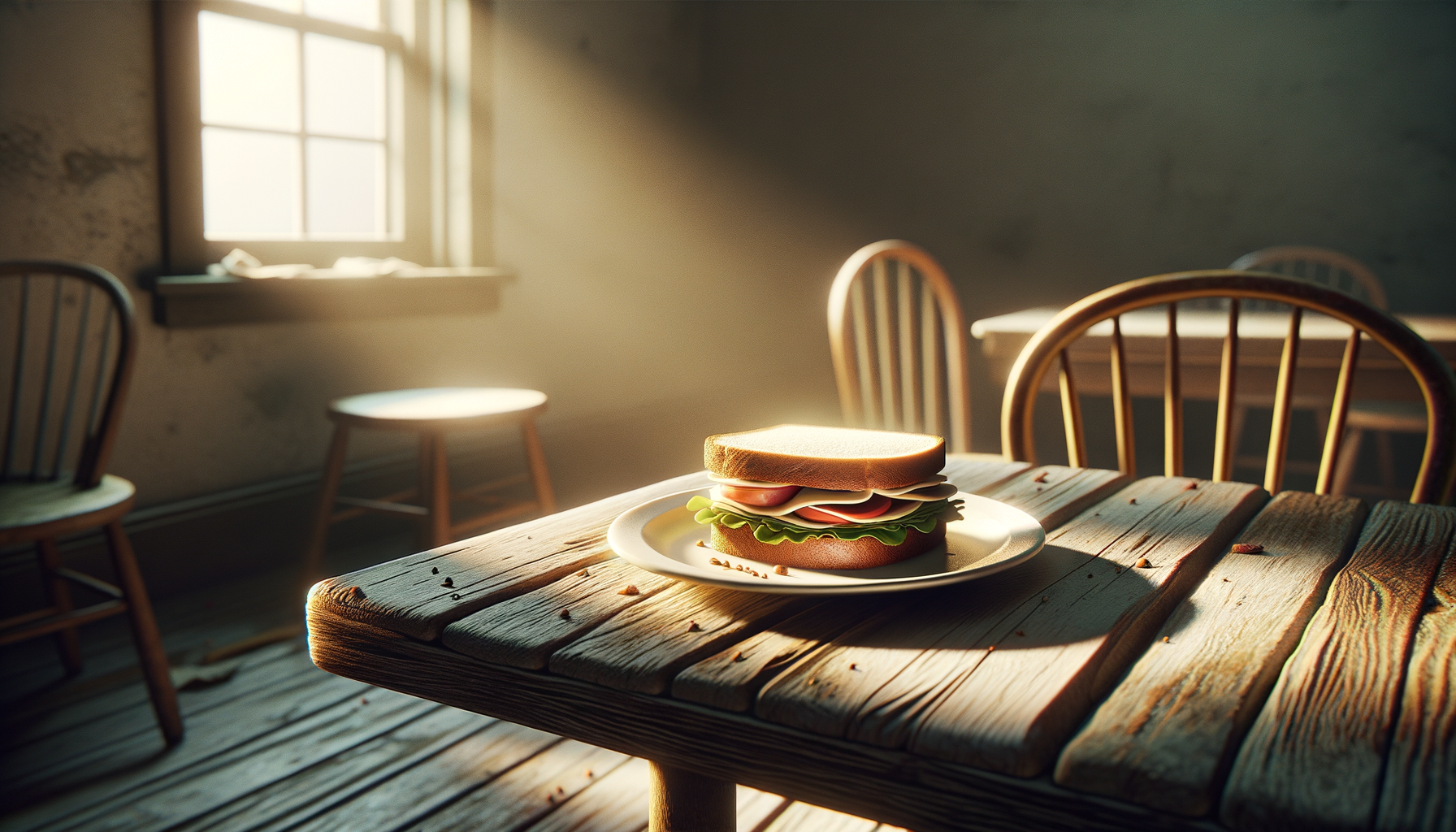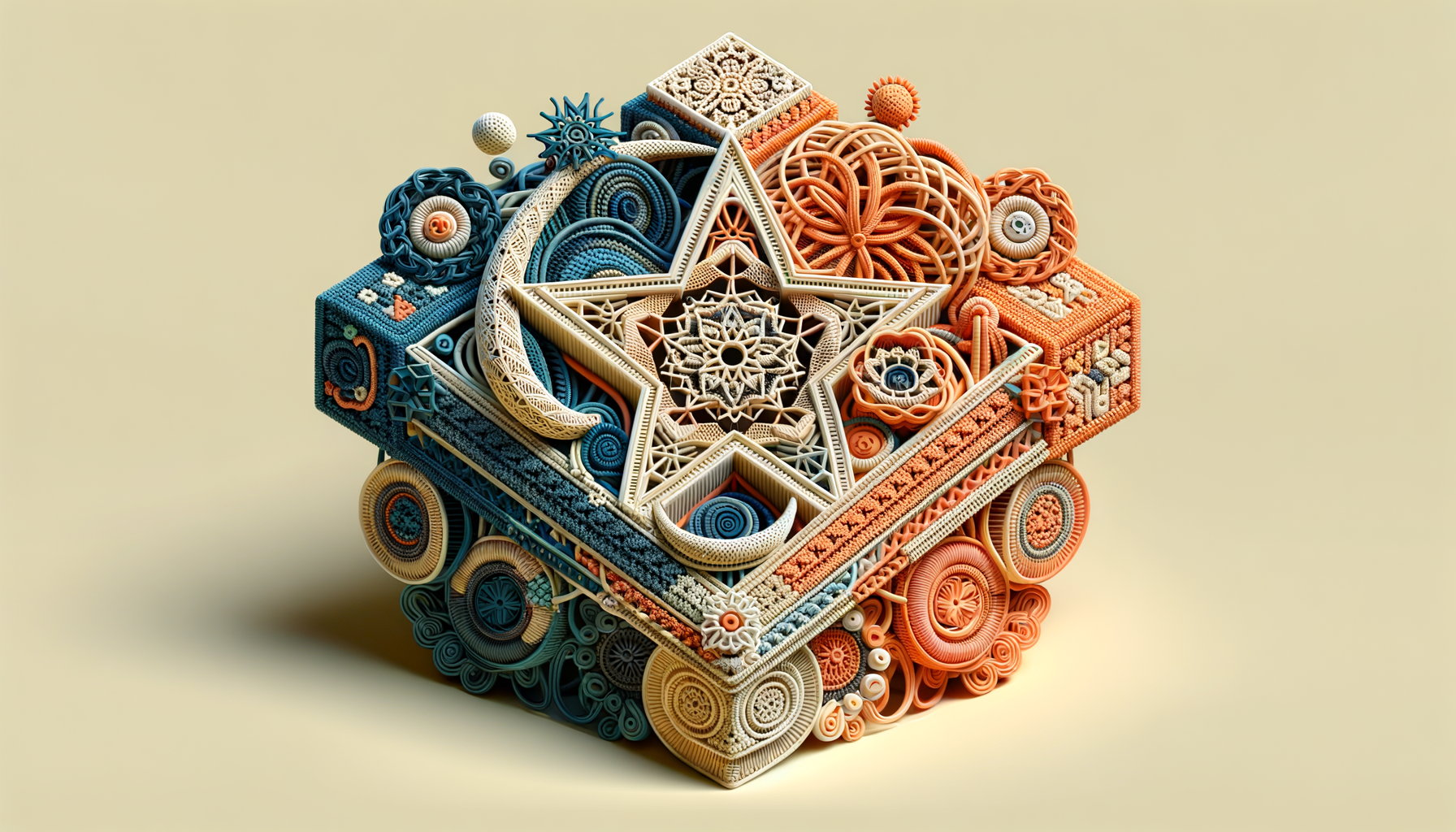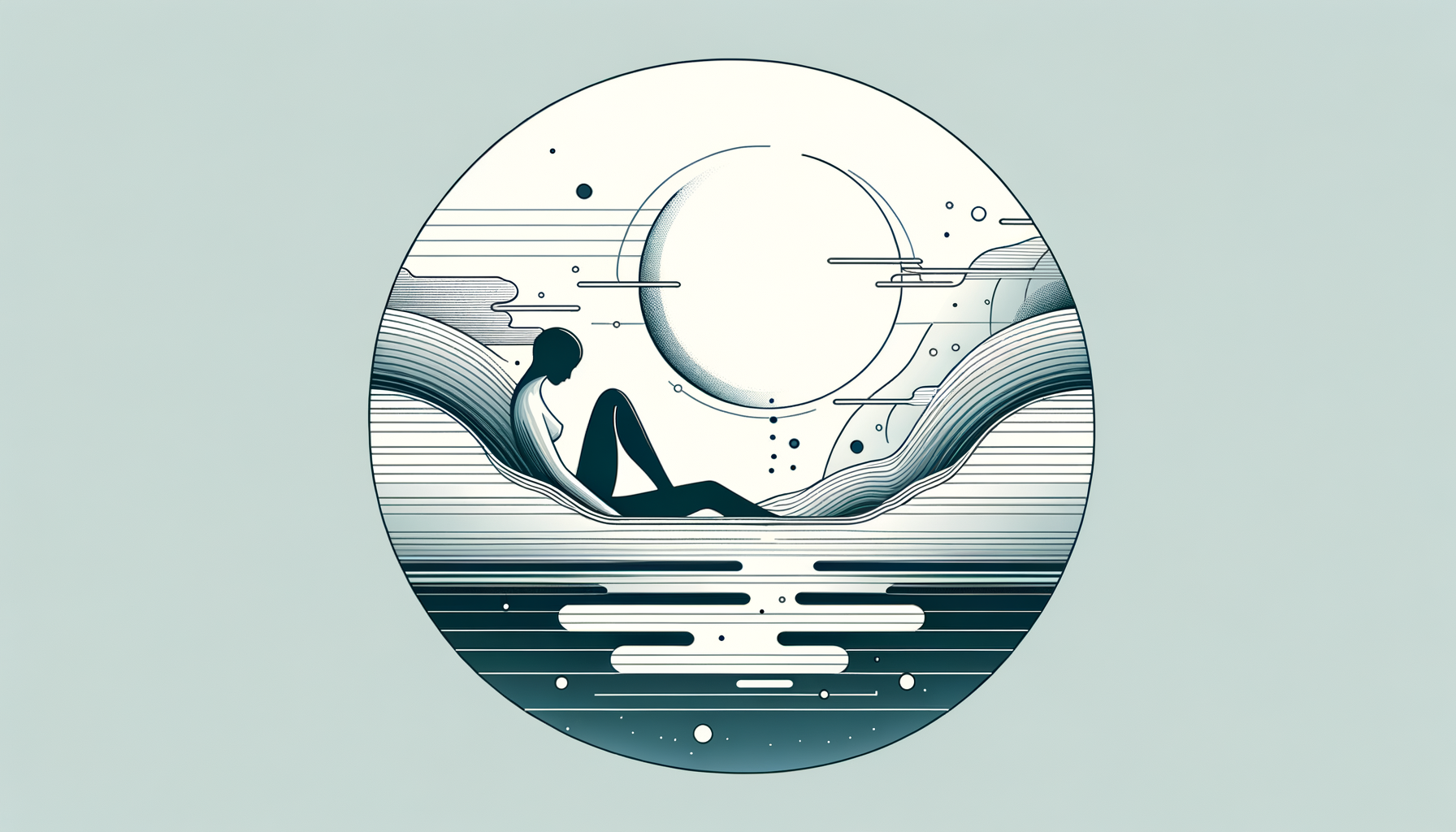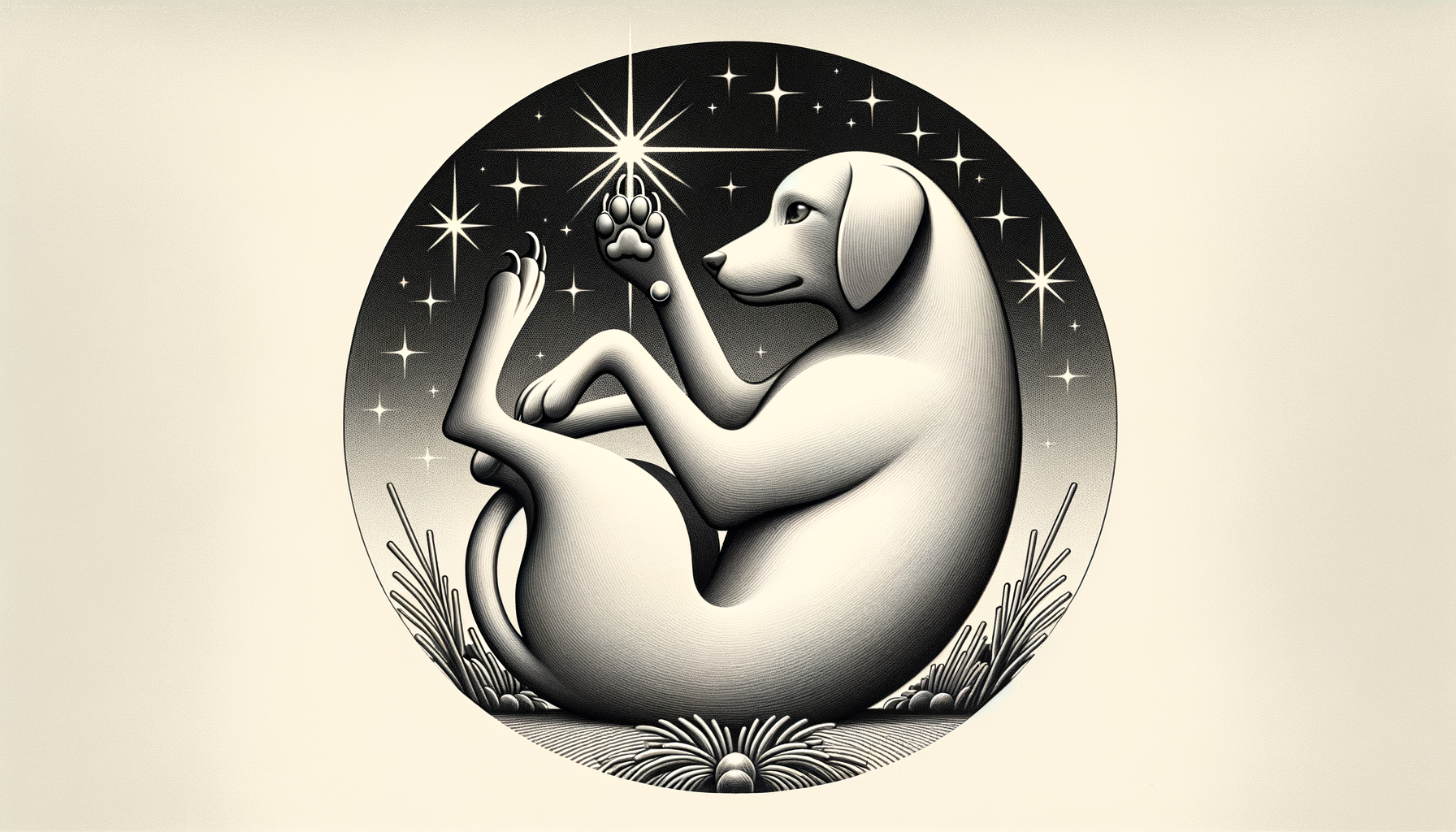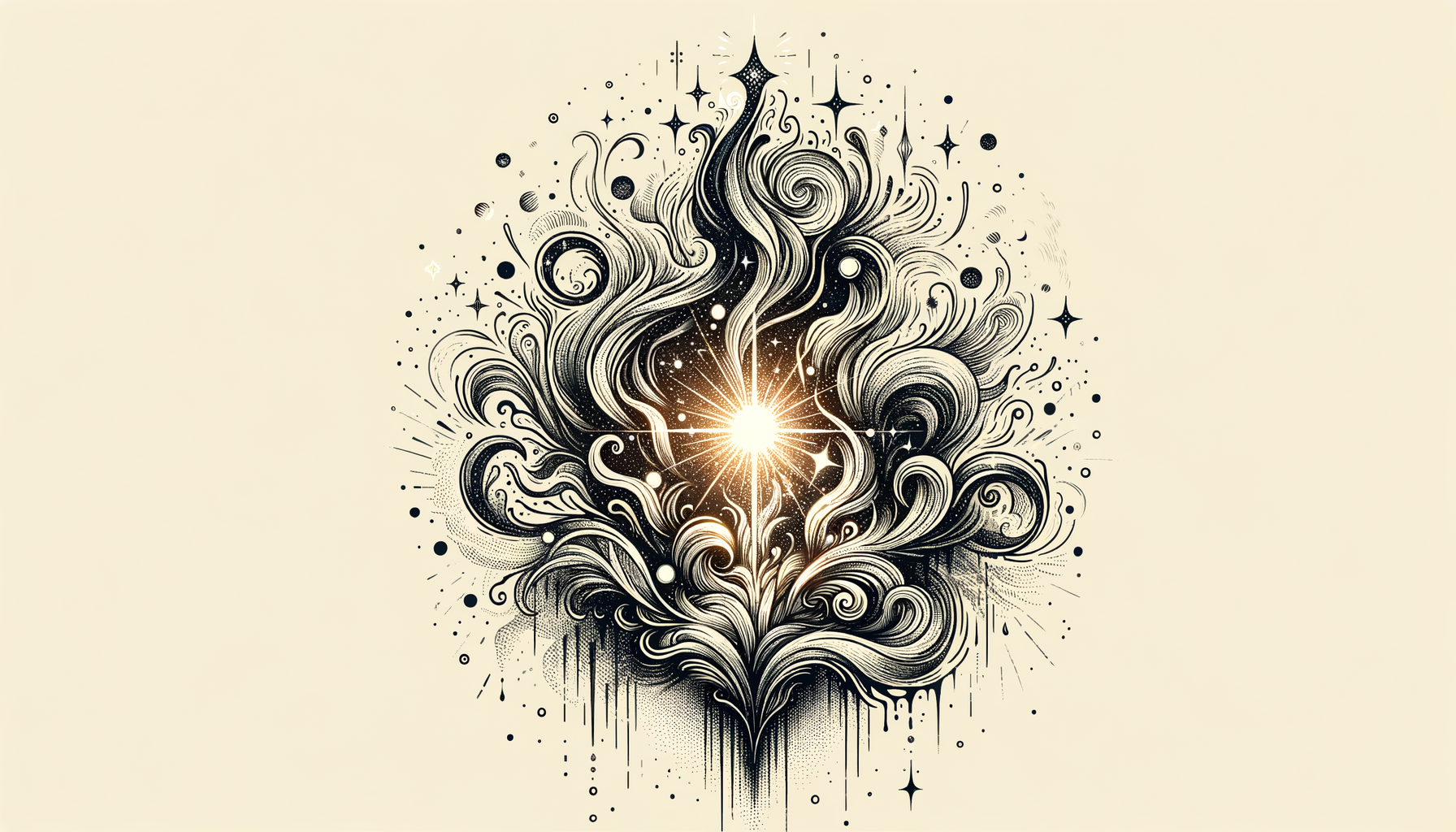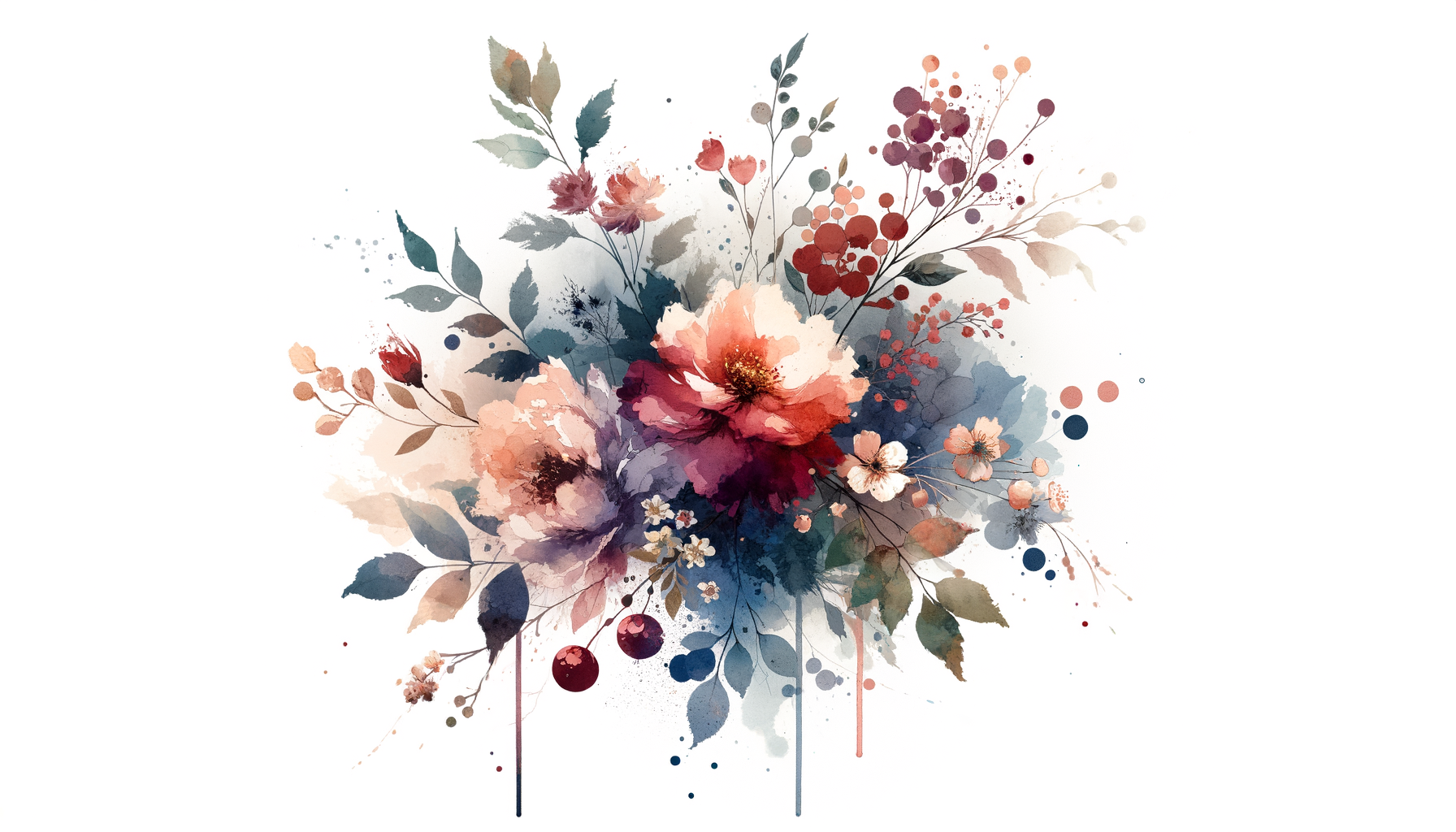The Year Everything Fell Apart (And How I Put It Back Together)
Let me set the scene: It was January, and Manhattan in winter is as much an emotional state as it is a physical season—icy winds slicing through your coat, your breath puffing out like some tragic Edith Wharton heroine walking into her own doom. I was coming off the kind of year that makes you question if the planets, the universe, and maybe even your Wi-Fi router have actively conspired against you. Career turbulence. A breakup that felt more like psychological combat than a mere separation. And, oh yes, the cherry on top: my landlord accidentally leasing out my sublet—while I was still living in it. It was the year my perfectly curated life turned into its abstract expressionist period—splattered, chaotic, and totally indecipherable.
But here’s the part of the story that matters: nothing stayed fractured, not forever. The shards I thought I’d never mend became something greater, something more... me. Let me tell you how.
One: Lessons from an Overpriced Sofa
It began, as these things often do, with a piece of furniture. Toward the tail end of my breakup, I found myself sprawled on my living room floor in front of a sleek mid-century modern sofa I’d both adored and, crucially, assembled with my ex. There it sat—a smug relic of "our good taste"—mocking me every time I passed it. So, I did what any highly rational person would do: I hired someone from Craigslist to carry it away at 3 a.m., then replaced it with the most absurdly plush sofa I could find. Think chaise lounge meets baby pink cloud. Georgia O’Keeffe would have approved.
This was my first revelation: toss what makes you miserable, even if it’s technically still functional. I’m not just talking about furniture. We cling to things because they were expensive or nostalgic or because we feel obligated to endure them—but life’s too short to live with a metaphorical lumpy couch. If it doesn’t serve who you are now, it’s baggage. And, darling, you deserve carry-on only.
Two: When in Doubt, Flee to Tuscany
Okay, maybe it wasn’t exactly "fleeing." Let’s call it a strategically timed sabbatical to the South of France, though geographically I wasn’t far from the Tuscan border. You’re welcome for the visual. But the secret truth about spiraling? Sometimes the only way out is to give yourself a dramatic reroute—preferably somewhere with good espresso and no Wi-Fi reception.
This break wasn’t about “finding myself” (ugh) so much as escaping the noise long enough to figure out what silence felt like. I painted. I walked through lavender fields where the air smelled like a perfume bottle smashed open. I read Julia Child’s memoir cover to cover while eating baguettes so crusty they could double as weapons.
What I realized amid the aperitifs and solitude was this: We underestimate boredom. We’re so busy trying to “fix” our timelines and solve our emotional Rubik’s cubes that we never just let things rest. But rest is where reinvention percolates. Your epiphanies need time to steep.
Three: Dating as a Freeform Jazz Experiment
After the requisite heartbreak-and-croissant phase, I decided it was time to date again. And hoo boy, let me tell you: the Manhattan dating scene in your 30s? Equal parts black comedy, tragic opera, and David Lynch fever dream. But I approached it with a new motto—“embrace the absurdity”—and treated dating less like the SATs and more like a series of improv exercises. Rule #1: don’t be afraid to laugh. Rule #2: bring snacks.
There was the man who spent our entire first date waxing poetic about cryptocurrency while eating his soup like a disgruntled toddler. The tech founder who “forgot” his wallet on a night when the check rivaled my rent. Were these Pulitzer-worthy romances? Absolutely not. But they weren’t failures, either. Each taught me something—about boundaries, about resilience, and about the sheer comedic gold of trying to build intimacy with a total stranger over overpriced tapas.
Here’s your takeaway: Dating isn’t a grind for "the one"—it’s a gradual excavation project where you unearth pieces of yourself, too. The good, the bad, the hilarious. Emphasize the hilarious.
Four: Building Joy Brick by Brick
You know those fragile moments when it feels like your life has broken beyond repair, where your mind becomes this drama-laden reel of "what if" montages? Let me share what snapped me out of mine. I was strolling past the Met on a crisp autumn afternoon, a cappuccino in one hand and Gazette Française under my arm because sometimes I overdo the clichés. And I stopped—just stopped—and thought, “Wow, this city’s beautiful. And I’m still here.”
It hit me then: the life I missed wasn’t really gone. It had just been dismantled and scattered. Renovation requires demolition first.
So, I started making deposits into my own metaphorical joy bank, finding delight in the smallest bricks—hosting impromptu dinner parties where the wine flowed like friendship; hiking through upstate New York with no goal except to lose cell service; returning to my art roots by sketching frames of strangers at coffee shops. Was it glamorous? Not always. But it was life-giving.
Five: Giving Myself Permission
Amid all this "putting things back together," I realized something bigger: There’s no rulebook for fixing a messy life. Mine didn’t end up looking like the glossy museum of my early 20s, and thank God for that. Because the gilded frame I once clung to wasn’t really me—it was the gallery version, curated to please everyone else.
The greatest magic came in giving myself permission to flail and to fail—a little or a lot. Sometimes growth was staying in pajamas all day with leftover Thai, and other times it was saying yes to a black-tie event solo, where I danced with strangers until my shoes made merciless enemies of my toes. Every decision—no matter how minor—was worth celebrating.
The Ultimate Canvas
If you’re still with me, here’s the bottom line (spoiler alert: life irony incoming). The idea of “falling apart” isn’t a flaw in your personal timeline. It’s the only path to clarity. Sure, ripping things apart feels catastrophic, but on the other side of disaster is a wide-open studio space—a blank canvas. And here’s the kicker: You’re the artist.
What you paint next doesn’t have to impress anyone else. It doesn’t have to fit inside a gilded frame or comply with old-world standards. Just let it reflect the messy, radiant, tear-streaked aliveness of becoming someone new.
You’re the masterpiece, darling. The sofa? That’s just a prop.


